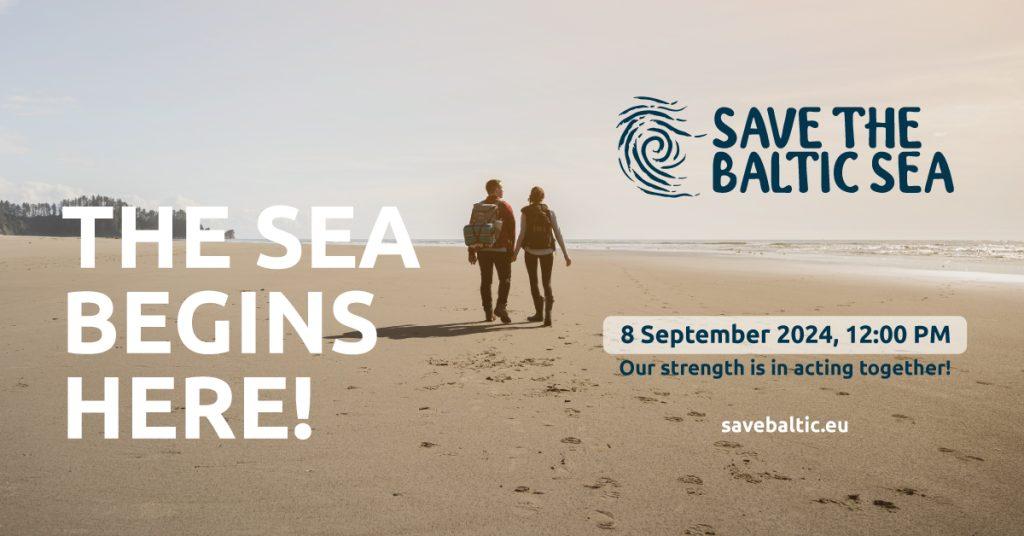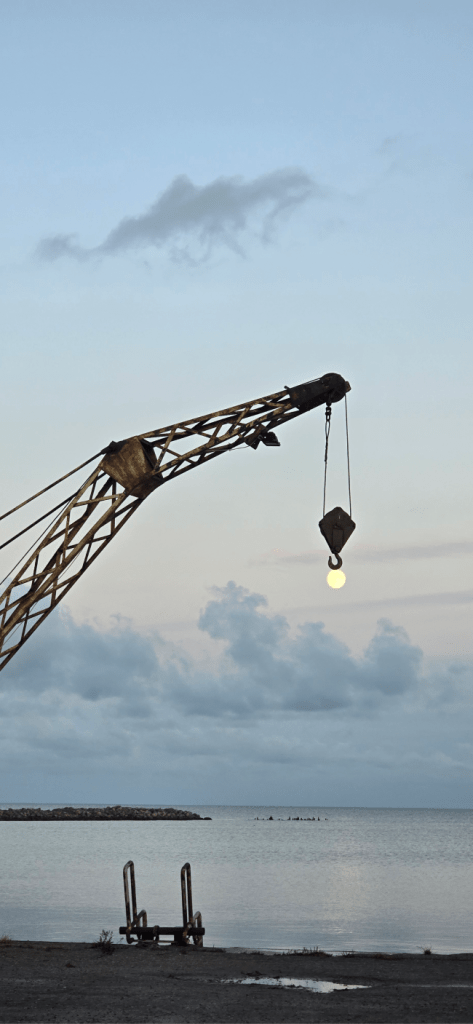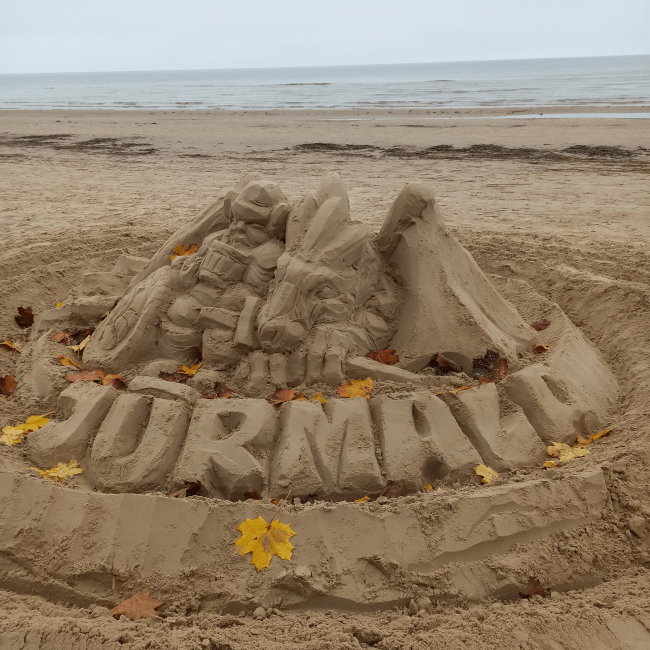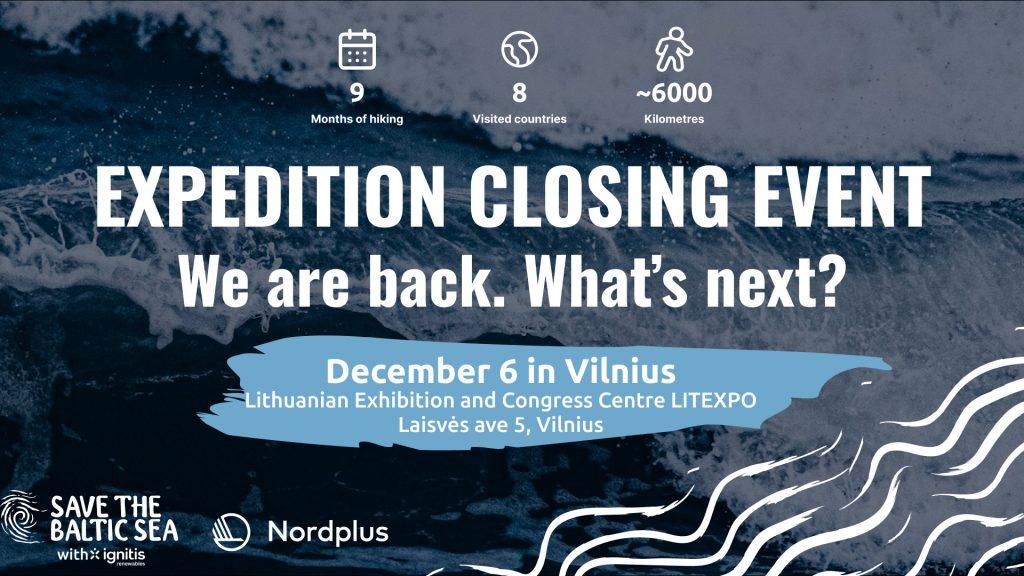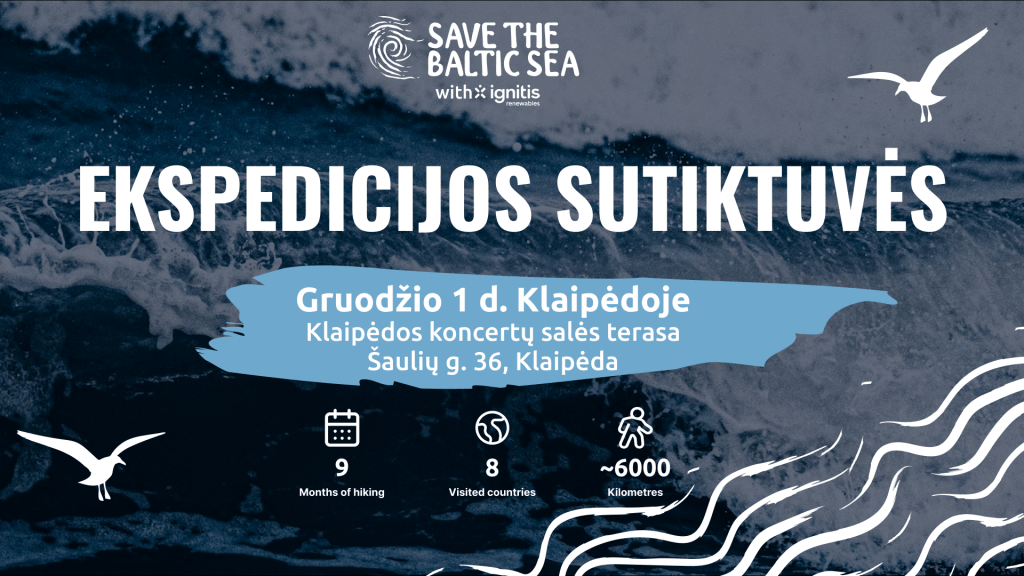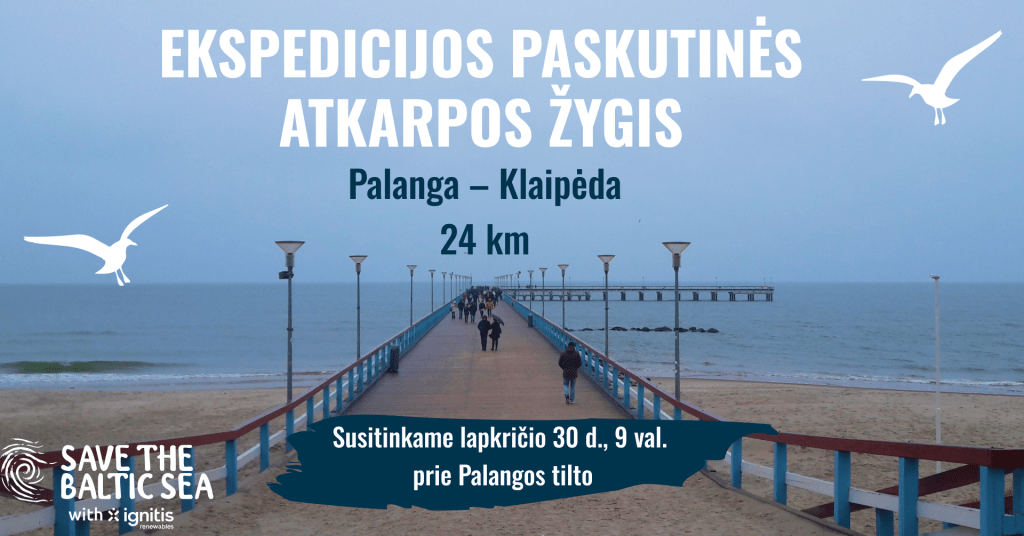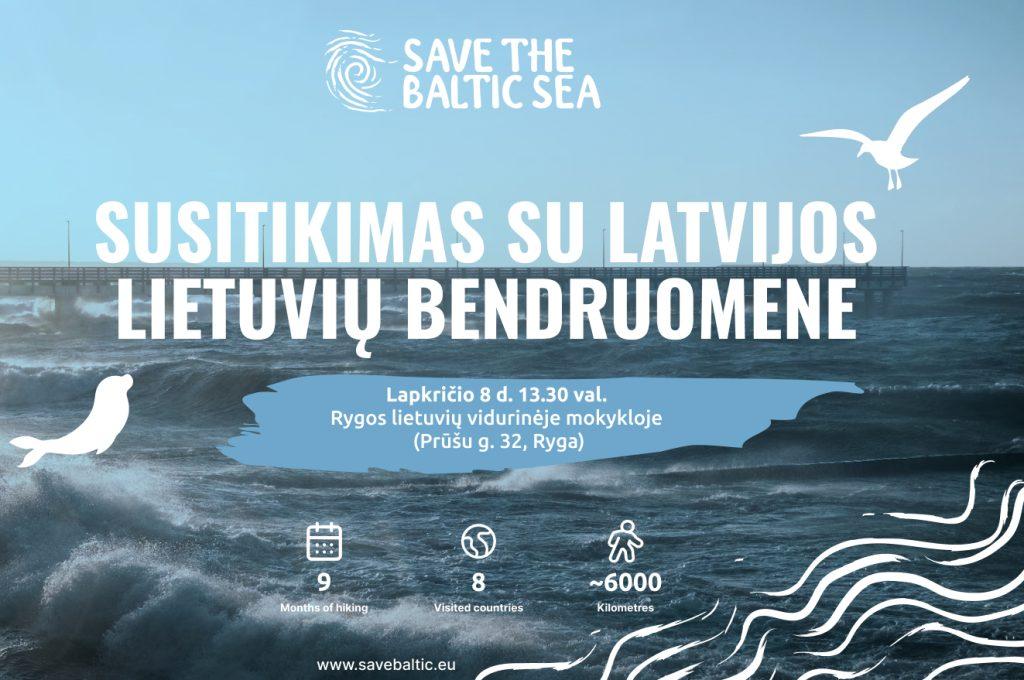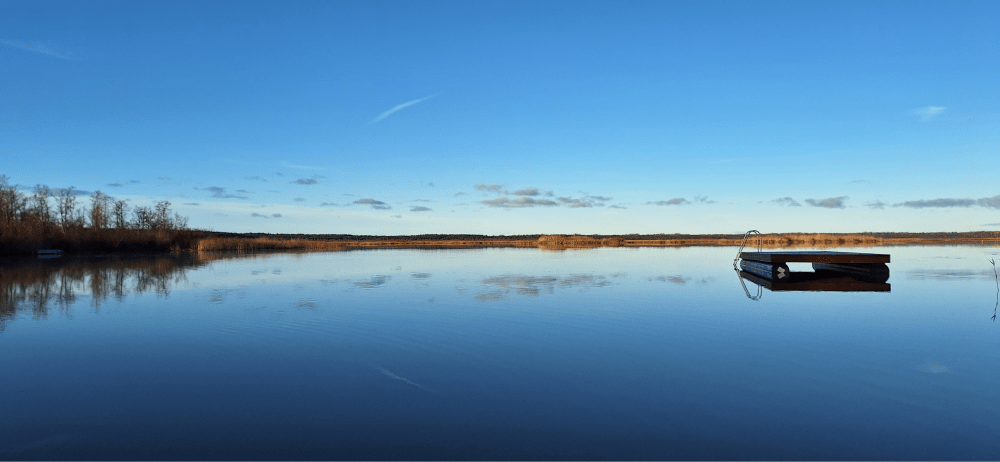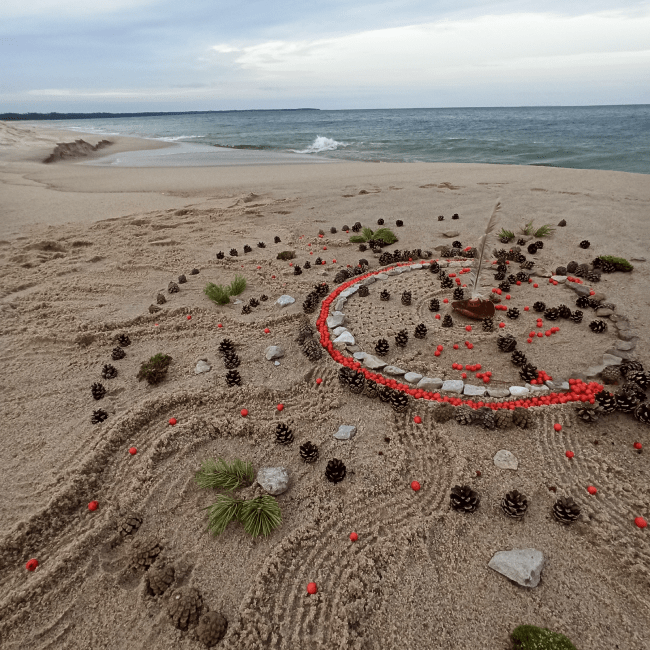Save The Baltic Sea Expedition: Exploring Poland’s Coastal Condition
Apr. 16, 2024
Starting from Lithuania’s shores, Save The Baltic Sea’s hiking expedition has now traversed the Polish coastline. The team delved into the environmental challenges and conservation efforts shaping Poland’s coastal future.
The hiking expedition around the Baltic Sea Save The Baltic Sea, which started on March 11, has already crossed the Polish coast. The expedition members spent twenty days in the country exploring its coastline, meeting with local scientists, environmentalists, and students to learn about the state and future of Poland’s shores.
Poland’s impact on the Baltic Sea is vital
The Baltic Sea basin refers to the entire area from which water flows into the sea via rivers. Along with the water carried by these rivers, pollutants from cities, settlements, and farmlands reach the sea. The Baltic Sea borders nine countries, and although Poland is only one of them, its population accounts for almost half of the total population of the Baltic Sea basin.
“This means that these millions of Polish people can have a major impact on the state of the Baltic Sea every day through their choices – and not only in a negative sense. Polish people can have great power to change the Baltic Sea state for the better,” says hiker Rusnė Sabonaitytė, who recently graduated from the University of Edinburgh with a degree in ecology and environmental sciences.
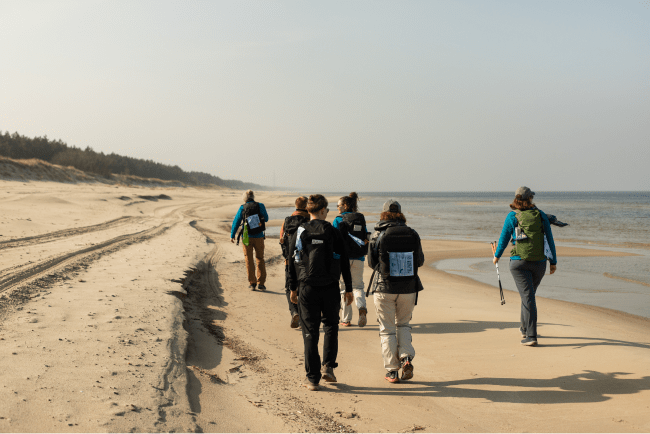
Pollution from land reaching the sea: Poland’s case
According to the latest Helsinki Commission (HELCOM) data, only about 60% of Polish households are connected to tertiary wastewater treatment systems. These sewage systems remove nitrogen and phosphorus from the water – substances that cause eutrophication, also known as algal blooms. This process creates dead zones in the Baltic Sea, areas devoid of oxygen and, eventually, life.
Moreover, wastewater from over 1,000 settlements in Poland does not pass through any type of wastewater treatment system. This means that sewage from these households easily enters surface and groundwater, and when it reaches the sea via rivers, it potentially contributes to the eutrophication process as well as hazardous substance pollution.
However, according to local scientists, the situation is improving. Oceanographer Tymon Zieliński and biologist Tomasz Kijewski, scientists and coordinators of educational activities at the Institute of Oceanology of the Polish Academy of Sciences (IO PAN,) tell the expedition about the state of the Baltic Sea, the growing public awareness, and the country’s initiatives:
“The good news is that the number of wastewater treatment plants in the country is growing. But as we are an agricultural state, the problem of surplus fertilizers coming from cultivated fields and traveling via rivers to the sea still remains. However, we are also seeing a growing movement aimed at preserving and restoring the country’s wetlands, which would also be an important protective measure to improve the state of the Baltic Sea,” says T. Kijewski.
The marshes and wetlands, which were also observed by the expedition team on their way through Poland, are not only important in terms of biodiversity. They also act as filters absorbing excess nitrogen and phosphorus that cause eutrophication, thus reducing the input of these substances into the sea.
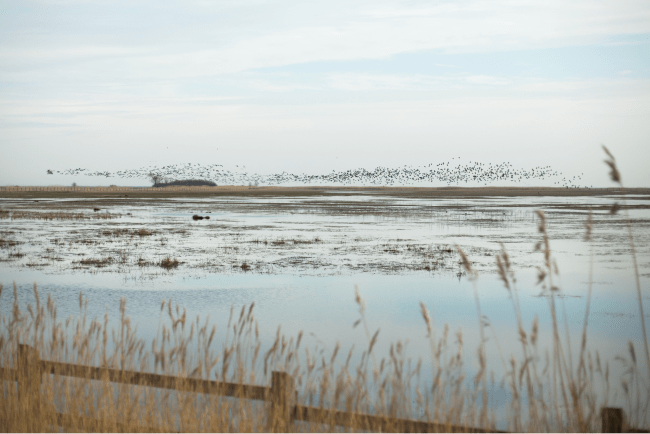
Climate change and coastlines
Scientists have identified the effects of climate change as one of the main problems facing our coasts.
“Extreme flooding during storms is becoming more frequent along our coasts. Rising sea levels are also a major problem, as our coasts are sandy and flat. So people should realize that it is a bad idea to build a house a few meters from the coast,” says oceanographer T. Zieliński.
The scientist stresses that, on the one hand, it is important to try to mitigate climate change, and, on the other, it is necessary to start adapting to some of its inevitable consequences.
“Our colleagues analyzed the development strategies of 28 cities and towns in the Gdańsk Bay. Unfortunately, none of them refers to measures of adaptation to rising sea levels and more frequent and severe storms,” Zieliński admits.
The country still makes extensive use of coal for electricity and heating, which is a major greenhouse gas emitter – in 2022 as much as 70% of the electricity in the country was generated this way. Similarly, a third of households used coal for heating, and only 16% of energy came from renewable sources. However, in recent years, strengthening the renewable energy sector has become one of the country’s priorities. For example, an offshore wind farm is planned to help reduce the country’s dependence on polluting non-renewable energy sources.
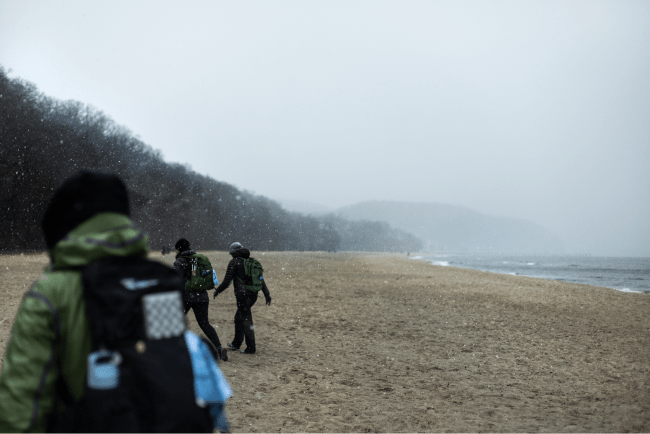
Gaps in the education system
Scientists stress the vital role education plays in improving the state of the Baltic Sea. According to them, there is a lack of practical awareness in society about our impact on the environment.
“The Polish education system is old-fashioned, people are often not taught how to relate different facts to their own experiences and draw conclusions. As far as the problem of eutrophication is concerned, people often see and understand that the water is blooming and that for their own safety, they should not get into it. But they do not make the connection to eutrophication, its causes, and how our daily actions contribute to it,” says oceanographer T. Zieliński, who has been working for many years in the field of student education.
The Save The Baltic Sea expedition is also spreading the message about ways to reduce our impact on the sea along its way. Hiker R. Sabonaitytė points out how choosing more sustainable products every day can make a difference:
“We can all contribute to reducing eutrophication – for example, by choosing organic produce, we support more sustainable and sea-friendly agriculture. Additionally, by choosing plant-based products over meat and dairy products more often, we are fighting both eutrophication and climate change. The simple act of moving towards minimalism, for example, by thinking carefully before buying lots of unnecessary items, is already a step forward. And when more and more people do the same, they also inspire others with their example, and the effect is rapidly increasing,” the hiker shares her thoughts.
On March 17, the expedition invited residents of Gdansk, Sopot and Gdynia to an educational event organized together with IO PAN scientists and schoolchildren. During the workshop, the students shared various practical tips on reducing our negative impact on the sea in our daily lives.
“It is very important to engage and involve children in these topics, as they are the ones who will be most affected by the state of the environment we leave to them. However, our main message is that public awareness and education efforts need to come from scientists, non-governmental organizations, decision-makers, and educators. We need to show that it is up to all of us to make a difference,” concludes oceanographer T. Zieliński.

Next up – Germany
The Save The Baltic Sea expedition team is already in Germany and is covering a distance of 25-35 kilometers every day. This challenging journey includes meetings with local communities, coastal surveys, beach clean-ups, and public education activities to inspire action towards protecting the Baltic Sea.
We invite you to contribute to the expedition’s goals by donating the cost of your daily cup of coffee or any other amount of your choice on the expedition’s website: https://savebaltic.eu/support
You can learn more about sea-friendly solutions and follow the daily life of expedition hikers on social media: Facebook, Instagram, Youtube
The Save The Baltic Sea expedition events in 8 countries are organized with the support of the EU4Ocean Coalition and the European Commission.
Author: Laura Stukonytė
Photo credit: Urtė Paulauskaitė / Save The Baltic Sea
